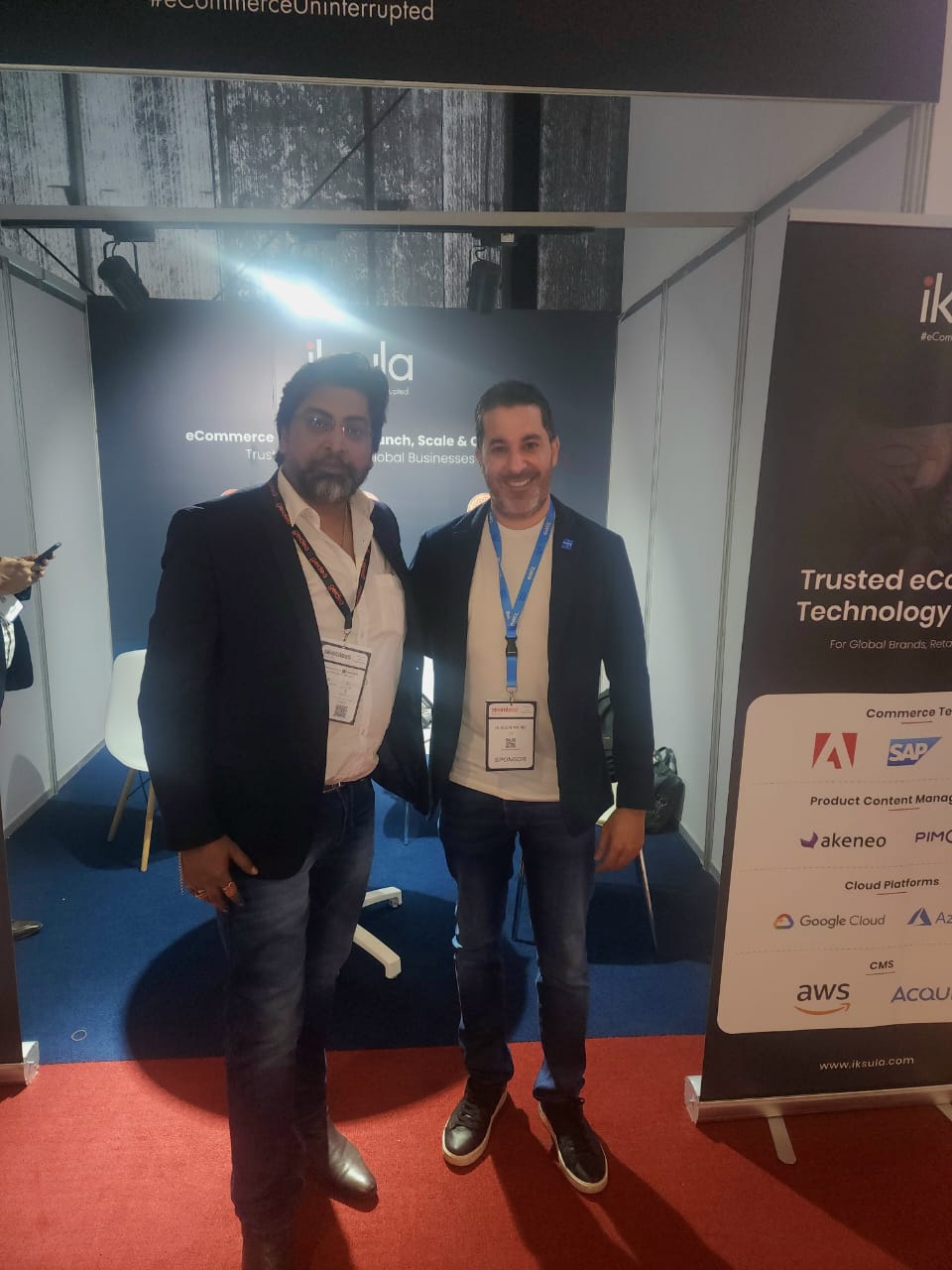Magento is an open-source eCommerce platform that offers a range of features and functionality for online businesses. It’s a popular choice for businesses of all sizes, from small startups to large enterprises. It is known for its scalability, flexibility, and customizable features, making it a preferred choice among developers and business owners.
What is Magento?
Magento is a leading eCommerce platform millions of merchants use worldwide. It offers comprehensive features that help online merchants efficiently manage their online stores. Magento offers a user-friendly interface, customizable design, powerful marketing tools, and various payment and shipping options.
Some of the critical elements of Magento include
Magento Community Edition
The Magento community is a global community of developers, designers, and online merchants who use the Magento platform. The community is an essential part of the Magento ecosystem, and it plays a vital role in the development and growth of the forum. The Magento community provides support, resources, and a range of tools and extensions that can help merchants to improve their online store’s functionality and performance.
Adobe Commerce Cloud
Adobe Commerce Cloud is the enterprise version of Magento. It offers a range of additional features and functionality designed for larger businesses and organizations. Adobe Commerce Cloud provides advanced reporting and analytics, a cloud hosted solution, and enhanced security features. Adobe Commerce Cloud delivers a more comprehensive solution for businesses that require a more complex and sophisticated eCommerce platform. Using Magento
Magento Implementation
Magento implementation is setting up and configuring a Magento online store. Magento implementation involves various tasks, including installing and configuring the Magento software, designing and customizing the store’s appearance and layout, and integrating with third-party systems such as payment gateways, shipping providers, and marketing tools. Magento implementation can be a complex process, and working with experienced developers with experience with the platform is essential.
Magento Version Upgrade
Magento version upgrade upgrades the Magento software to a newer version. Magento regularly releases new versions of its platform, which include new features, performance enhancements, and security updates. Upgrading to a recent version of Magento can improve the performance and functionality of an online store. Staying updated with the latest version is essential to ensure the store remains secure and compliant.
Key Features
Magento stock
Magento stock refers to the inventory management feature of Magento. It allows users to manage and track their product inventory, set stock levels, and receive alerts when inventory levels fall below a certain threshold. Magento stock is essential for online businesses that want to keep track of their inventory and avoid stockouts.
Magento stores
Magento stores refer to the online stores created using the Magento platform. You can customize Magento stores to meet the unique needs of different businesses. They can also be integrated with other systems, such as CRM and ERP, to provide a seamless shopping experience for customers.
Magento Netsuite
Magento Netsuite is a plugin that allows Magento to integrate with Netsuite, a cloud-based business management software. The integration provides seamless communication between Magento and Netsuite, allowing businesses to manage their eCommerce operations and back-office functions from a single platform.
Magento Stack Overflow
Magento Stack Overflow is a community-driven question-and-answer website for Magento developers. It is an excellent resource for developers looking for solutions to technical issues or needing help with coding problems. Magento Stack Overflow is a part of the more extensive Stack Overflow network and is one of the most popular online resources for Magento developers.
Magento cache
Magento cache is a feature that allows the platform to store frequently accessed data in memory, reducing the time it takes to load pages and improving site performance. You can configure the Magento cache to store different data types like blocks, pages, and sessions. It is an essential feature for online businesses that want to provide customers with a fast and responsive shopping experience.
Magento order state vs status
In Magento, order state and order status are two different things. Order status refers to the current status of an order, such as processing, shipping, or cancellation. On the other hand, an ordered state represents an order’s overall state, such as new, processing, or complete.
The technology stack powering Magento
According to a well-known statistic on Magento, stores that employ the platform expand 3x more rapidly than non-Magento stores. The Magento stack combines technologies that power Magento, including the web server, database, and other supporting software.
Web Server
The web server is the software that serves web pages to visitors who request them. For Magento, the most popular web servers are Apache and Nginx. You can configure these highly customizable servers to optimize Magento’s performance. Apache is the more traditional choice and has a long history of being used with PHP-based applications like Magento. On the other hand, Nginx is a newer and more lightweight web server often used to improve Magento’s performance.
Database
The database is where all of Magento’s data is stored. It includes product information, customer data, orders, and more. Magento supports various database systems, including MySQL, MariaDB, and Percona. MySQL is the most popular choice, and you can use it by default in most Magento installations. However, some users use MariaDB or Percona due to their improved performance and scalability.
PHP
PHP is the programming language used to build Magento. It’s a popular language for web development due to its simplicity and ease of use. Magento runs on PHP 7, the latest version of the language. PHP 7 offers significant performance improvements over previous versions, making Magento faster and more efficient.
Composer
Composer is a dependency manager for PHP. You can use it to manage the various libraries and packages that Magento depends on. Magento 2 requires installing Composer to manage its dependencies. A composer is a powerful tool that makes it easy to manage dependencies and keep your Magento installation up to date.
Redis
Redis is an in-memory data structure store often used to improve Magento’s performance. You can use it to cache frequently accessed data, such as product information and customer data. It helps reduce the load on the database and improve the site’s overall performance. Redis can also be used for session management, further improving performance.
Elasticsearch
Elasticsearch is a search engine that powers Magento’s search functionality. It’s a powerful tool that allows users to search for products based on various criteria, including price, category, and more. Elasticsearch is highly scalable and can handle large volumes of data, making it ideal for use with Magento.
Varnish
Varnish is a caching HTTP reverse proxy often used to improve Magento’s performance. You can use it to cache frequently accessed pages and serve them to visitors without generating them from scratch. It helps to reduce the load on the server and improve the overall performance of the site. Varnish is a powerful tool that can significantly improve Magento’s performance, particularly for sites with high traffic volumes.
CDN
A Content Delivery Network (CDN) is a server network that delivers content to visitors. CDNs improve websites’ performance by reducing the server load and speeding up content delivery to visitors. Magento supports a range of CDNs, including Amazon CloudFront and Akamai.
While Magento is not a traditional CMS (content management system), it has some CMS-like features. It allows users to create and manage content like pages and blocks. However, its primary focus is eCommerce functionality.
Getting started with Magento
Getting started with Magento is relatively easy. The platform is free and downloadable, and the installation process is straightforward. Once you have installed Magento, you can start customizing your online store, adding products, and configuring payment and shipping methods. However, if you are new to Magento, hiring a Magento developer is recommended to help you with the setup and configuration.
You can start your eCommerce site using an open-source version of Magento with all the necessary capabilities. Additionally, as it is a free source, you are not required to pay for it. You will need to spend money on hosting, a domain and a few more areas, but you can quickly launch your internet store. It is effortless to deploy because it is open-source. Magento provides capabilities to strengthen the security of your eCommerce store, such as password management and XSS attack prevention.
By doing so, you can protect your eCommerce website from potential hacking attempts and increase client trust in it. You can choose from various themes and extensions on Magento’s expansive marketplace. You can use these resources to create, develop, and increase the functionality of your online store. The Magento marketplace has over 3200 extensions and is continually growing. If you ever get stuck anywhere, you can always turn to the enormous community of Magento. The Magento forum now has more than 467,000 users to assist you with your problems. Furthermore, Magento offers extensive reporting options to help you track your marketing, sales, and customer data to acquire insightful information and stay ahead constantly.
Conclusion
Magento is a significant eCommerce platform with countless options for immediate customization and inflexibility. It can create content to improve your website’s SEO ranking and support the expansion of your business. Magento offers many other advantages in designing a store or app for your business. It can help with several problems and turn ideas into reality.
The Magento stack is a powerful combination of technologies that power Magento-based eCommerce sites. Each stack component is critical in ensuring that Magento runs smoothly and efficiently, from the web server to the database to the various supporting software. By understanding the Magento stack, businesses can optimize their eCommerce sites for improved performance and user experience.
Magento Open Source is a fantastic option if you’re starting and want to get your store online up. However, Magento Open source wouldn’t be sufficient if you wanted to scale your business while sticking with Magento. You’ll need to change to Adobe Commerce, a cloud-based option. Building a full-featured eCommerce store with everything you require is a holistic option while your business expands. However, if your business is growing or you already have a robust online presence and want to leave Magento, choosing Shopify or BigCommerce is better.









































